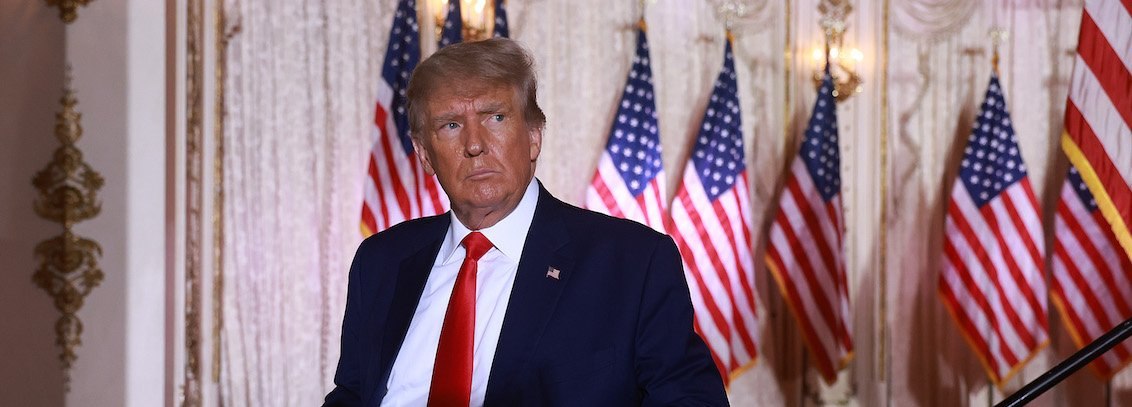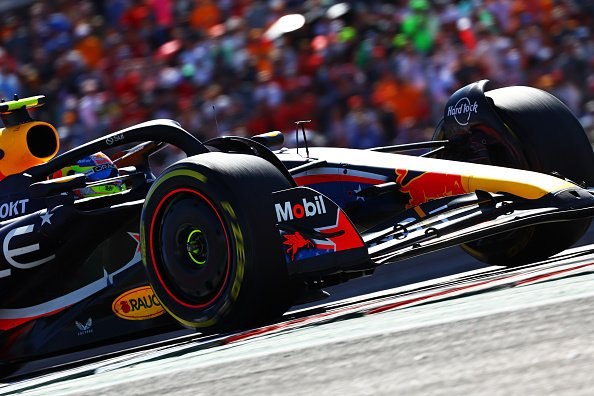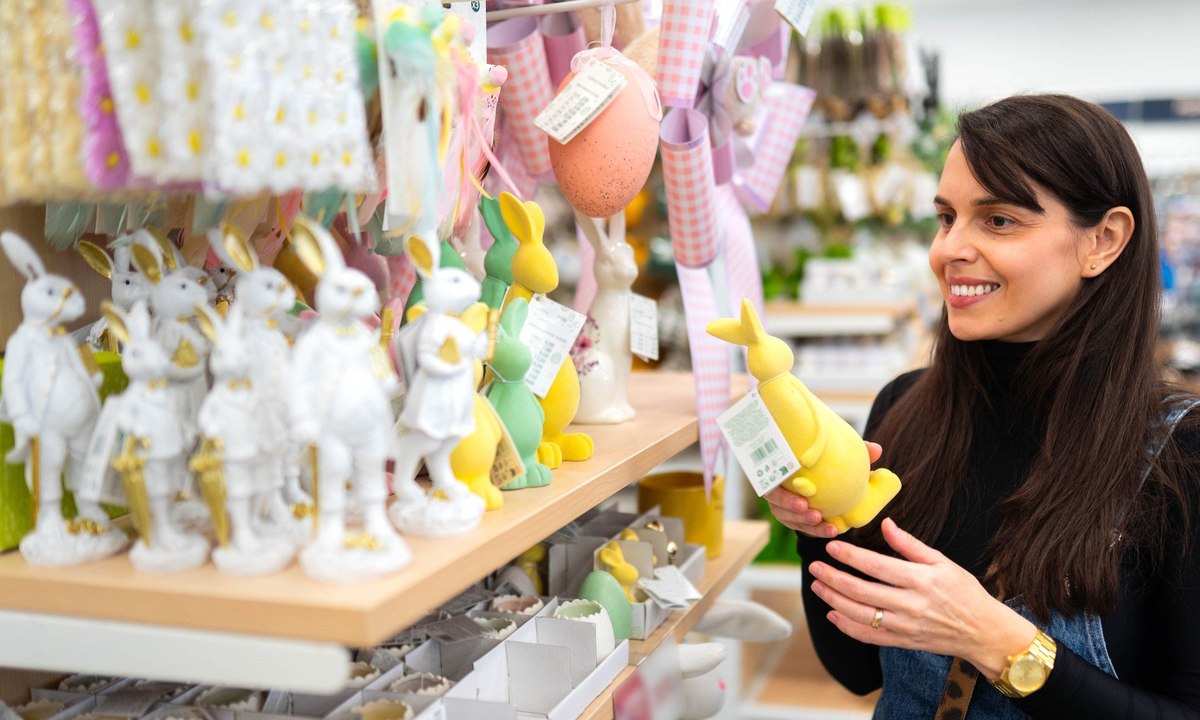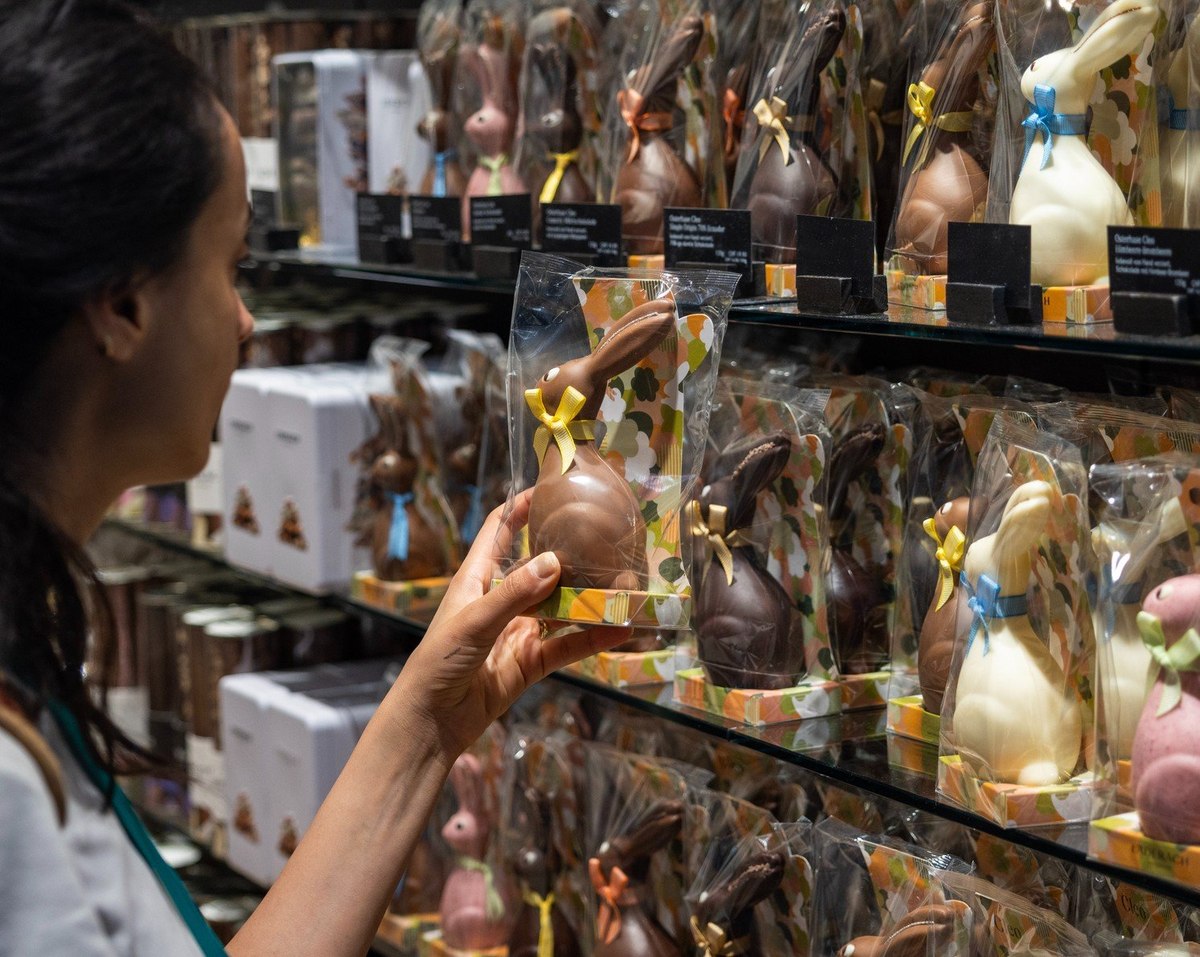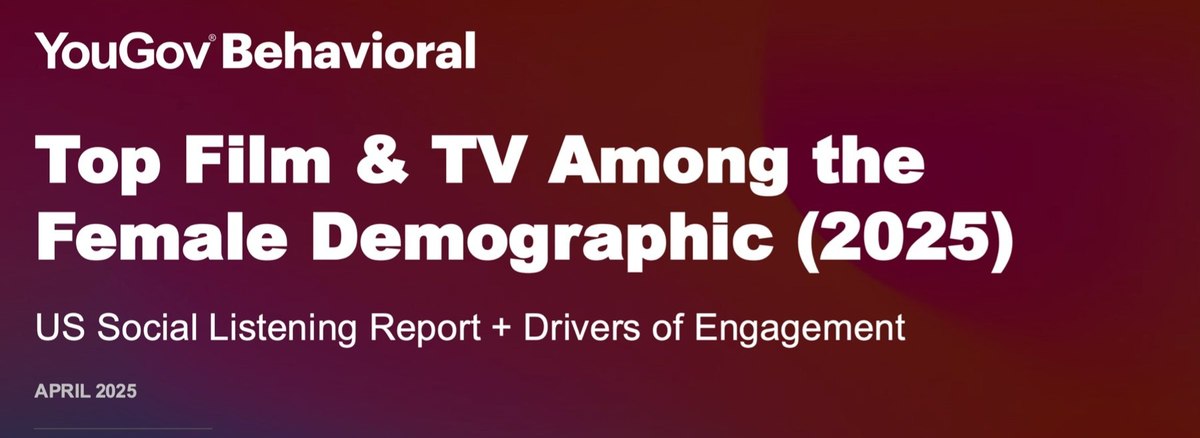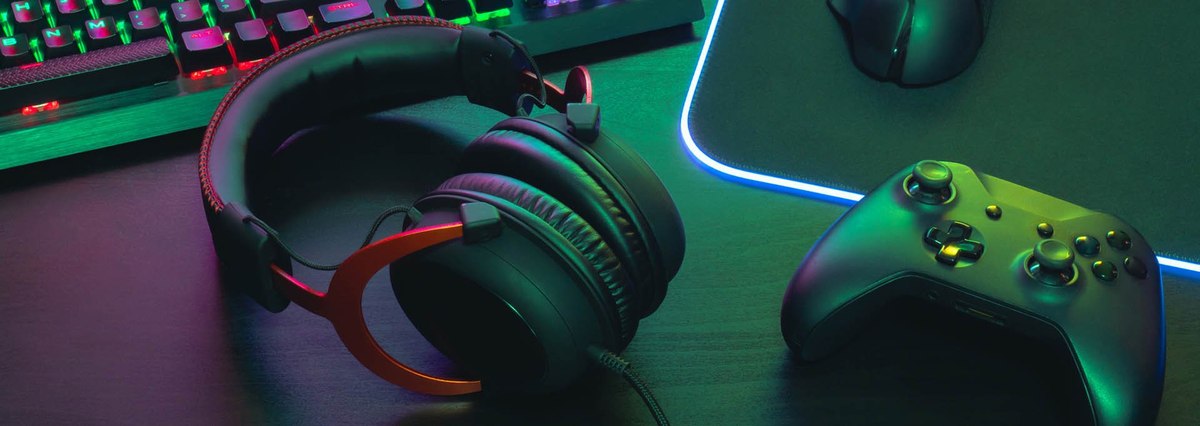
Global: Gauging the effectiveness of product placement in video games
Nearly half of global consumers believe product placement of tech devices in video games is effective brand promotion, according to a recent YouGov poll conducted in 18 markets around the world.
YouGov presented respondents with ten brand categories and asked which ones they feel benefit most from appearing in video games. 47% chose electronics and tech products, while 35% said cars and 32% selected clothes. Other brand types in the survey included food stuffs (32%), media and telecommunication products (28%), beauty and personal care products (20%), household items (20%), travel products (19%), and financial services (13%).
Drilling down into the market-level data, we see consumers in Singapore (56%), Poland (56%), India (55%), and China (55%) are most likely to view video game product placement as effective for tech brands. Those respondents in Poland (48%), Italy (43%), and Canada (40%) are most likely to have chosen cars. Those in India (51%), Mexico (47%), and Italy (40%) are most likely to choose clothes.
Generally speaking, consumers in the United States fall in line with the wider global consumer base, with tech (40%), cars (37%) and food stuffs (31%) appearing atop our list of brand types that would benefit from video game product placement. Similar numbers emerge from the United Kingdom: Tech (47%), cars (37%), and food stuffs (27%).Looking along age breaks, we don’t see many instances of significant deviation. Consumers aged 45 and older are slightly less likely than others to consider product placement of clothes or financial services in video games as effective promotion. Younger consumers, aged 18-24, are more likely to choose clothes as are those 35-44; those aged 25-54 are more likely to choose financial services.
Receive monthly topical insights about the gaming and esports industry, straight to your inbox. Sign up today.
Discover more gaming and esports content here
Want to run your own research? Start building a survey now
Methodology: The data is based on the interviews of adults aged 18 and over in 18 markets with sample sizes varying between 514 and 2,036 for each market. All interviews were conducted online in March 2022. Data from each market uses a nationally representative sample apart from Mexico and India, which use urban representative samples, and Indonesia and Hong Kong, which use online representative samples.

